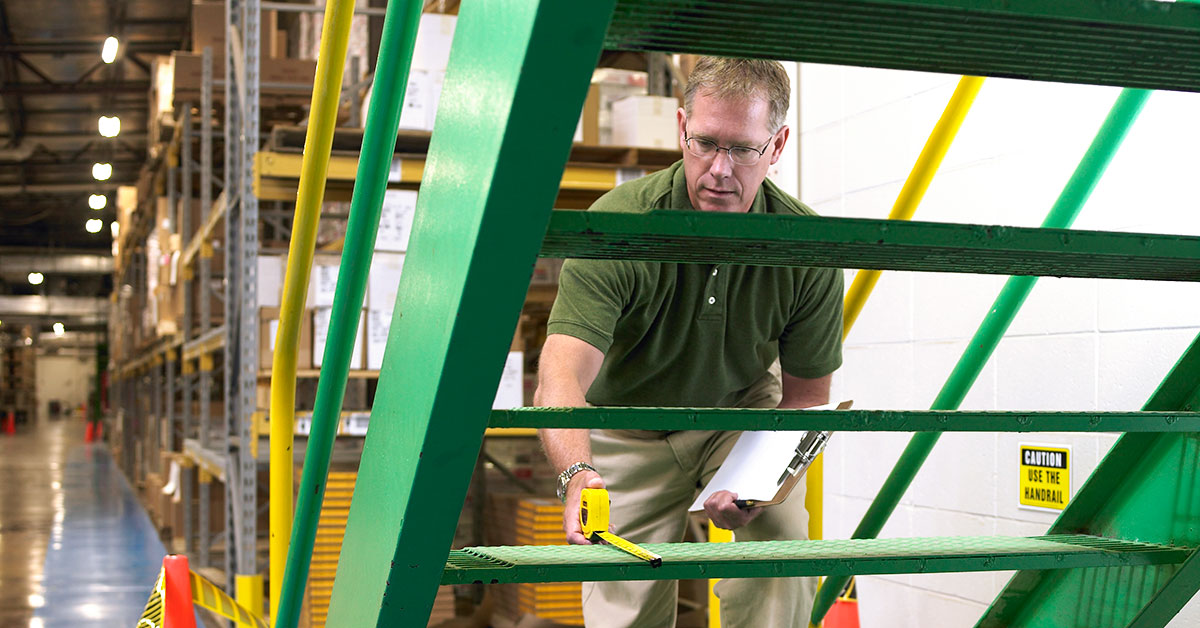Investigating incidents to identify root causes
Date Posted: 07/06/2020

OSHA doesn’t specifically require you to investigate accidents or near misses, with some exceptions under the process safety management rule. You are, however, expected to identify and eliminate workplace hazards, and that usually requires investigating incidents.
Any workplace injury makes people wonder, “What went wrong?” and the investigation should answer those questions. In addition, the investigation should answer the question, “How do we prevent this from happening again?”
Most accidents result from a confluence of events, and changing any one factor might have prevented the accident. Even something as simple as slipping on ice has several factors. We could blame the ice, but other workers might have walked over the ice without falling. If an employee wasn’t paying attention, we’ve got two factors already: the ice wasn’t removed, and someone was distracted.
Immediate and root causes
When you find the immediate cause, such as ice accumulation, it may only explain the “how” of the accident. You’ll need to keep digging for root causes, looking for the “why” as well as the “how.” Finding the root causes would involve asking questions like:
- Why wasn’t the problem identified and reported sooner?
- What are the procedures for inspecting the sidewalks in the winter?
- Was the person responsible for inspections on vacation, with no designated backup?
- Why didn’t the injured worker notice the ice?
Identifying and addressing the root causes helps you prevent the immediate causes from recurring.
Corrective actions
The root causes will influence the corrective actions, but don’t just think of physical causes; look for process breakdowns and even motivational causes. Those will be harder to correct, but motivations for unsafe behavior will need to be fixed.
Although we say that accidents do not “just happen,” that’s not entirely true. Equipment can fail or break, creating an unexpected situation. However, safeguards should prevent an injury. If an injury resulted, then a human element is likely involved, and something could have been done to prevent the incident. This gets to the “why” an accident happened.
The corrective actions will need to identify those “why” factors, including why the conditions occurred, why the problem wasn’t reported, or why the company procedures didn’t cover the issue. If those issues aren’t addressed, they will continue to cause accidents.
How Safety Management Suite Can Help
E-mail Newsletter
Sign up to receive the weekly EHS Insider email newsletter for safety articles, news headlines, regulatory alerts, industry events, webcasts, and more.